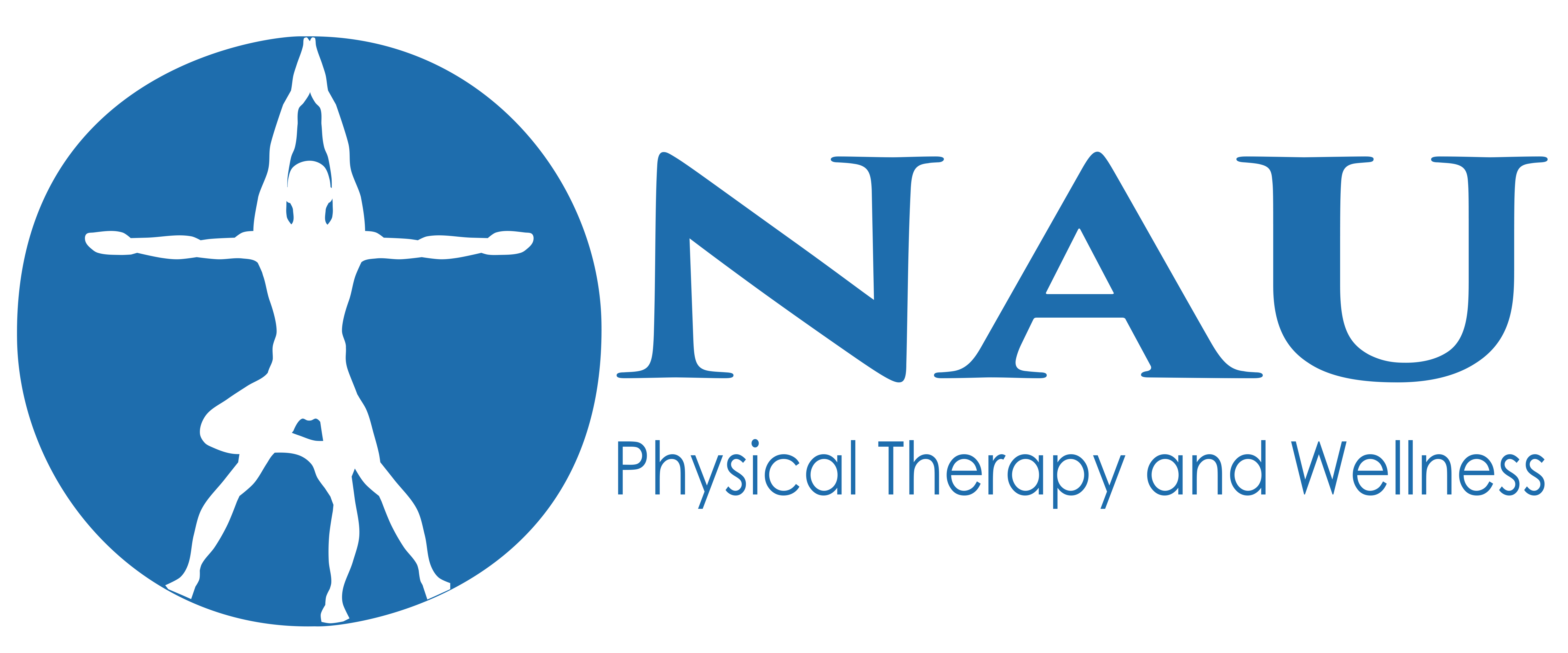
By Sukie Nau, DPT/Owner, NAU Physical Therapy & Wellness
Have you been bothered by chronic pain for many years, and believe nothing helps? Have you popped pain killers and opted for surgery, but still no relief?
Have your physical therapist check your trigger points!
Trigger points are hyperactive muscle spasms caused by strain and muscle overuse. The symptoms are caused by the muscle trying to protect and guard itself.
Targeting trigger points helps with vertigo, headaches, sciatica, frozen shoulder, and other symptoms.
With chronic pain, for example, a patient has latent trigger points which flare up with stress. Likewise, if someone has a rotator cuff injury, that means that there are active trigger points.
At NAU Physical Therapy & Wellness, the most effective work we do is with trigger points after pain gets misdiagnosed. In most cases of pain, trigger points are not properly addressed.
Many people resort to medication, opioids, injections, surgery, or spinal manipulation. But pain relief from spinal manipulation is short-lived because of the underlying trigger points.
Surgery is only needed in rare cases such as massive, herniated discs pushing on a nerve, such as severe trauma after a fall and/or accident. But most people can get help with conservative management over time.
Trigger point treatment allows the patient to come off meds and avoid surgery. In our experienced physical therapy practice, we’ve seen the most ‘aha’ moments when we treat the trigger points.
The treatment methods we use are designed to release the painful, tight tissues through a blend of Eastern and Western healing philosophies to promote complete and deep healing.
In addition to joint mobilization techniques and other soft tissue release methods, they include:
- Targeting trigger points (Western medicine)
- Targeting acupressure points (Chinese medicine)
- Activating marma points (yoga/Ayurvedic medicine in India)
While trigger points can be elusive, people tend to have the same trigger points. When the trigger points are targeted, there’s an 80%-90% reduction in pain.
The satellite trigger point starts at the shoulder, runs down the arm, and into the hand. Targeting the central point can help alleviate symptoms following therapy, surgery, injections, and constant pain.
You can even learn how to self-diagnose and self-treat. You just need guidance and effort.
At NAU Physical Therapy & Wellness, we treat trigger points by:
- Identifying what the trigger point feels like
- Identifying which trigger points to work on based on symptoms
- Knowing how to treat actual trigger points (which don’t respond to a massage) by:
- Finding the spot in the muscle (knot)
- Finding the apex of the knot and put the same pressure on the knot
- Moving it in a small range motion 1⁄2 inch in diameter. This allows the milky tissue to release the fluids of muscles.
For more information, or to schedule a free consultation, call our office today
